Regarding captivating garden perennials, Dianthus Firewitch truly stands out with its vibrant pink blossoms and delightful fragrance. To ensure this beauty thrives, it’s essential to understand the details of Dianthus Firewitch care. This comprehensive guide will dive into how to care for Dianthus Firewitch, offering valuable tips on pruning and overall care.
Dianthus Firewitch Care in Simple Terms
Caring for Dianthus Firewitch involves creating conditions for this beloved perennial to flourish. Let’s explore each aspect of care step by step:
1. Sunlight Needs

To start with Dianthus Firewitch Care, you must ensure the plant gets enough sunlight. Dianthus Firewitch loves full sun to light shade. Growing well requires at least 6 to 8 hours of direct sunlight daily. Some afternoon shade can protect it from extreme heat if you live in a place with scorching summers.
2. Soil and Drainage

The type of soil you choose is crucial in caring for Dianthus Firewitch. Plant it in well-draining soil with a sandy or loamy texture, and aim for soil with moderate fertility. Good drainage is essential to prevent issues like root rot and waterlogged roots.
Before planting, you can improve the soil by adding organic matter like compost. This will enhance the soil’s structure, help it retain moisture, and provide vital nutrients for your Dianthus Firewitch Care to thrive.
3. Watering Wisely
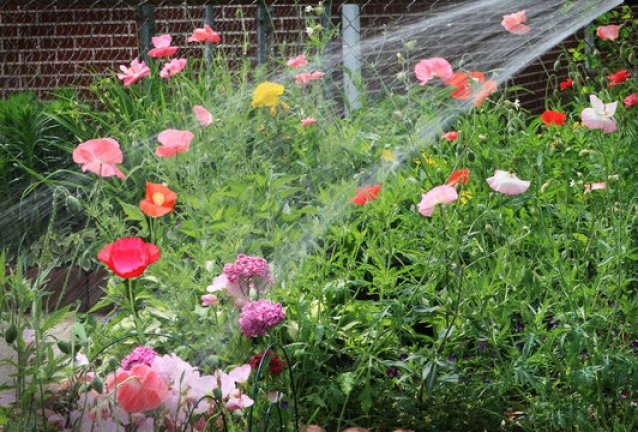
Proper watering is a crucial part of successful Dianthus Firewitch Care. The goal is to keep the soil consistently moist without overdoing it, as too much water can harm the roots. Water deeply when the top inch of soil feels dry to the touch. This ensures the roots get the moisture they need without getting soaked.
When you water, try to direct the water to the soil around the plant’s base instead of wetting the leaves. This helps prevent fungal diseases and keeps the plant healthy.
4. Extending the Blooming Period with Deadheading
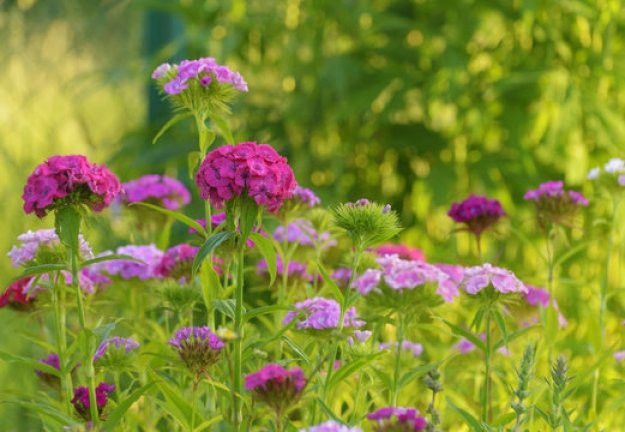
To enjoy continuous beautiful blooms, include deadheading in your Dianthus Firewitch Care routine. After the initial burst of color, regularly remove faded flowers by cutting them back to the base of the stem. This simple step encourages the plant to produce new flowers, extending the blooming season.
Deadheading improves the plant’s appearance and redirects its energy away from making seeds, leading to more robust growth and blooms.
5. The Advantages of Mulching
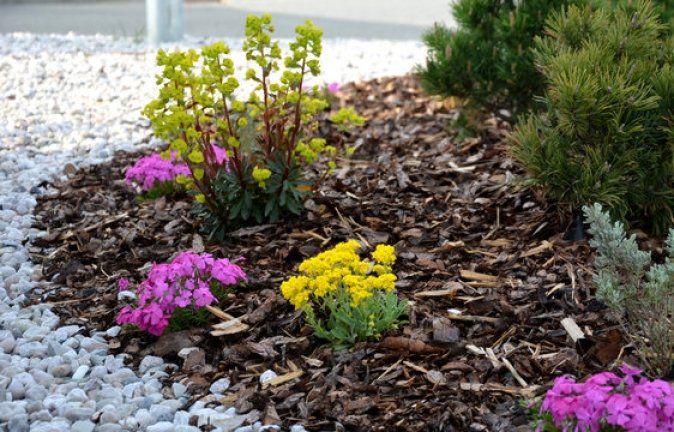
Mulching is a valuable practice in Dianthus Firewitch Care. Adding a layer of organic mulch, like shredded bark or compost, around the plant’s base can preserve moisture and control soil temperature. Mulch keeps the soil cool during hot weather and provides insulation against temperature fluctuations.
Mulch also helps suppress weed growth, reducing competition for water and nutrients. Plus, it enhances your garden’s overall appearance, making it look neat and well-maintained.
Pruning Firewitch Dianthus: A Simple Guide

Pruning is vital to Dianthus Firewitch Care because it helps maintain the plant’s shape, encourage healthy growth, and extend the blooming period. Here’s a step-by-step guide on how to prune Firewitch Dianthus effectively:
1. Timing: The best time for pruning Firewitch Dianthus is after the initial blooming period, which usually occurs in late spring to early summer. This timing allows the plant to recover and produce more blooms later in the season.
2. Tools: Use clean and sharp pruning shears or scissors to avoid harming the plant. It’s also a good practice to disinfect your pruning tools before use to prevent diseases from spreading between plants.
3. Method: When pruning Firewitch Dianthus, look for the finished flowering stems. Cut them back to just above healthy leaves or a node. This encourages new growth and more blooms.
4. Thinning: Periodically thinning the plant by removing some older stems at ground level can improve air circulation and help maintain a compact shape. This practice prevents overcrowding and reduces the risk of fungal issues.
5. Cleanup: Remove all the cuttings and spent flowers from the area after pruning. Properly disposing of plant debris helps keep your garden healthy and neat.
Fertilizing Your Firewitch Dianthus

In addition to watering and pruning, fertilizing is crucial for Dianthus Firewitch Care. Here are some important points to consider when fertilizing your Dianthus Firewitch:
Timing: Apply a balanced, slow-release fertilizer in early spring when new growth starts. This timing provides the necessary nutrients for healthy development and robust flowering.
Frequency: Fertilize your Firewitch Dianthus once a year in the spring. It’s essential to avoid over-fertilization because too many nutrients can lead to excessive foliage growth at the expense of flowers. A balanced fertilizer with equal nitrogen, phosphorus, and potassium proportions works well for Dianthus ‘Firewitch.’
Application: When applying fertilizer, spread it evenly around the base of the plant, taking care not to let it touch the leaves. Water the plant after fertilizing to help the nutrients reach the roots.
Organic Options: Use fertilizers like compost or well-rotted manure if you prefer organic gardening. These natural choices enrich the soil and release nutrients slowly over time.
Monitor Soil pH: Dianthus Firewitch prefers slightly acidic to neutral soil, with an ideal pH range of 6.0 to 7.0. If your soil’s pH falls outside this range, you can adjust it using soil amendments to create the best growing environment.
Overwintering Your Firewitch Dianthus
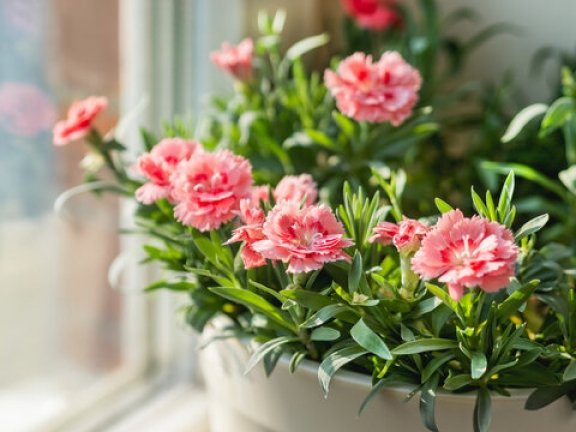
Properly Dianthus Firewitch Care during the winter months ensures its survival and a strong return in the spring. Follow these helpful tips for overwintering your plants:
Pruning: After the growing season and when the plant becomes dormant in late fall, trim back the foliage to a few inches above the ground. This practice helps prevent diseases and discourages pests from overwintering in the plant.
Mulching: Apply a layer of mulch around the base of the plant to protect it from temperature fluctuations and frost heaving during the winter. A mulch depth of 2 to 4 inches (5 to 10 cm) is sufficient.
Snow Cover: If you live in an area with heavy snowfall, the natural snow cover can provide additional insulation to your Firewitch Dianthus. However, remove any heavy snow accumulation that might bend or damage the plant.
Container Plants: If you have Firewitch Dianthus planted in containers, consider moving them to a sheltered location or providing extra insulation, such as wrapping the containers with bubble wrap or burlap.
Following these winter Dianthus Firewitch Care guidelines, you can help your Firewitch Dianthus survive the colder months and emerge in the spring with renewed vitality.
Managing Pests and Diseases
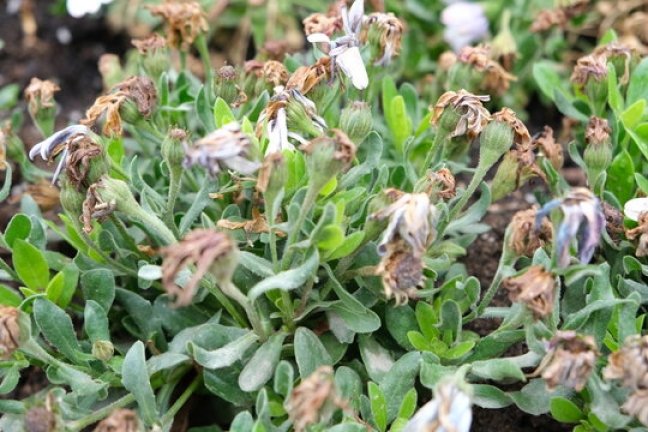
Effective Dianthus Firewitch care also involves staying vigilant against common pests and diseases that may affect the plant. Here are some preventive measures and strategies for dealing with potential issues:
Aphids: Aphids are small insects that feed on plant sap and can infest Dianthus. Inspect your plants regularly to manage aphids and use a strong stream of water to dislodge them. Alternatively, you can introduce natural predators like ladybugs to control aphid populations.
Powdery Mildew: Powdery mildew is a fungal disease that can affect Dianthus. To prevent it, ensure proper spacing between plants to promote air circulation. If powdery mildew appears, treat it with a fungicide labeled for ornamental plants.
Root Rot: Root rot can occur in waterlogged or poorly drained soil. To avoid this issue, maintain well-draining soil and avoid overwatering. If you suspect root rot, consider replanting in well-draining soil and trimming any affected roots.
Conclusion
Dianthus Firewitch Care is a fulfilling journey that leads to a garden bursting with vibrant pink blooms and the sweet fragrance of this delightful perennial. Whether you’re an experienced gardener or just starting, Dianthus Firewitch allure will undoubtedly enhance your outdoor space and bring joy with its long-lasting blooms. So, embrace the art of Dianthus Firewitch Care and witness your garden come alive with the enchantment of this perennial favorite. With the knowledge and tips shared in this guide, your gardening endeavors will flourish alongside your Firewitch Dianthus.

